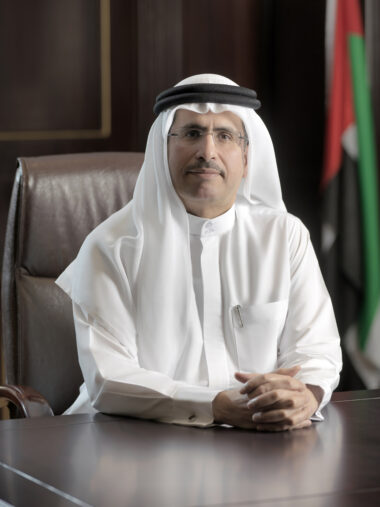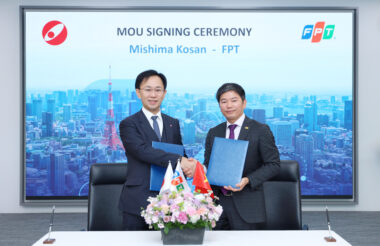Membrane bioreactors (MBRs) are increasingly being used for water, wastewater treatment, and recycling throughout Australia and New Zealand, responding to climate change, shortages of land, operational cost-effectiveness, and technology advances for water recycling.
These factors, plus cost of operation and maintenance, are also driving the need to include fine screening of both MBRs, and conventional activated sludge treatments, to protect downstream equipment and processes, preventing blockages and equipment breakdowns, that end up breaching discharge conditions and pollution entering the environment.
“Water scarcity is increasingly a key factor in municipal and industrial applications in Australia, under the impact of extraordinary population growth from 19 million at the start of the century to 27 million now. This jump of 42 per cent is the biggest, quickest population rise in Australia’s history,” says water, wastewater, and recycling authority Michael Bambridge. New Zealand also has seen its population rise over the same period of 36.5 per cent to more than 5.25 million.
“These numbers have huge impacts in terms of municipal, industrial, and agricultural water quality requirements,” says Michael, who, as Managing Director of CST Wastewater Solutions, has supplied equipment for hundreds of industrial and municipal installations in Australia, New Zealand, and Asia. These include municipal councils, food and beverage, meat and dairy, and primary product processing, as well as mining and remote community installations in environmentally sensitive locations.
Growth population and climate change, in particular, are driving a worldwide trend towards greater MBR processing to make the best of the water resources we have, including more advanced technologies and processes for water recycling, as well as environmental protection against groundwater and watercourse damage, and airborne odour pollution.
CST’s New Zealand Manager, Pieter Groenewegen, says that just like Australia, authorities in New Zealand are advancing the need for all industrial users of water to return it to the environment at a better level of quality than when it entered their plant – and to step up the use of treated recycled water so there is less pressure on this shared community resource.
“In the case of wastewater, there is an imperative arising both to recycle and to increase water treatment quality to remove organic nutrients in effluent, which, like industrial effluent, can contribute to starving stressed water systems of oxygen and promoting algal blooms in marine, brackish, and freshwater systems,” he says.
Bambridge adds that one of the main threats to reefs is increased nutrient load to the marine ecosystem due to human activity, including wastewater and agricultural run-off, says. During 30 years of engineering water and wastewater systems for local conditions – as opposed to one-size-fits-all imports – he has seen a trend towards the getting higher quality outputs and operating cost-efficiencies of MBR systems.
Membrane bioreactors are effectively a modern, more streamlined version of the conventional activated sludge treatment that offers substantial advantages in quality, installation, operation, and durability. The reactor – a closed waste digestion tank system containing the membranes through which treated water passes – offers advantages such as:
- High quality of treated water from MBR systems, which is an obvious advantage for water recycling, and typically low concentrations of solids and pathogens in the MBR permeate, benefitting the environment
- A smaller footprint for MBR systems, saving valuable land and enabling both industrial and municipal users to concentrate far greater and better water quality treatment into a given area
- Financial considerations, particularly driven by escalating civil construction costs for larger sewage treatment plants together with decreasing membrane costs over time.
- Smaller treatment plants are easily possible as package plants making installation more simple and cost effective
Whereas an activated sludge system employs a secondary clarifier or settlement tank to separate solids and liquids, an MBR system uses a membrane to efficiently achieve this.
Both types of these widely used systems require their processes to be protected from waste ingress, so as to gain optimum ongoing reliability and water quality benefits. Effective fine screening is most important to protect MBR membranes from mechanical damage from sharp or abrasive particles and from clogging from hair and matted cotton fibre that can be present in both industrial and municipal waste streams across diverse applications, he says.
“Efficient screening is also critical to optimising water quality during the wider variations of the types of flow going into them as a result of climate change, which can range from draught conditions to flood conditions. And with the major and expanding pressure on water resources, no municipal or industrial applications can afford untreated wastewater outflows to continue or for treatment systems including MBRs to be susceptible to blockages and spills resulting from the vagaries of flows and pollutant content resulting from drought, flood and increasingly unpredictable input.”
“And while any screen is better than no screen at all, it is critically important to efficiency and output have a properly designed and sized screening system to limit the screen cleaning frequency, maintain screen operation and capture efficiency, as well as to extend membrane life. Plus, where screening efficiencies can be delivered down to 2.0 to 3.0mm, it’s possible to minimise many nanoparticles such as plastics passing into groundwater, the environment and food chains.”
Bambridge says the big lesson coming out of installation experience in the Asia-Pacific is that each installation is very different – there is no one size fits all.
“The stretching of supply chains during the Covid pandemic demonstrated clearly the folly of buying standardised solutions imported from the other side of the world, just because they were the cheapest up front.
“This was false economy, which just transferred costs, problems and penalties down the timeline. If cheap systems malfunctioned, support and parts were a long time in coming to solve problems that needed immediate action to avoid spills, cleanups and statutory penalties.”
About us:
About us
A Leader in Wastewater Treatment Solutions
Contact details:
Jack Mallen-Cooper
PR Consultant
Whyte Public Relations
(02) 9901 4306
[email protected]



